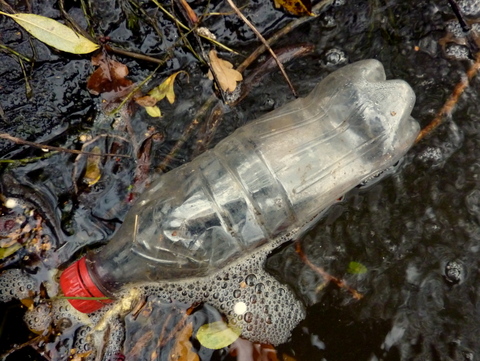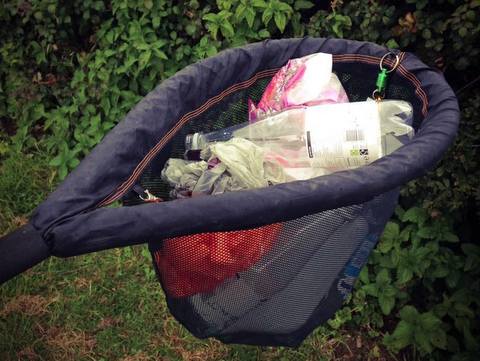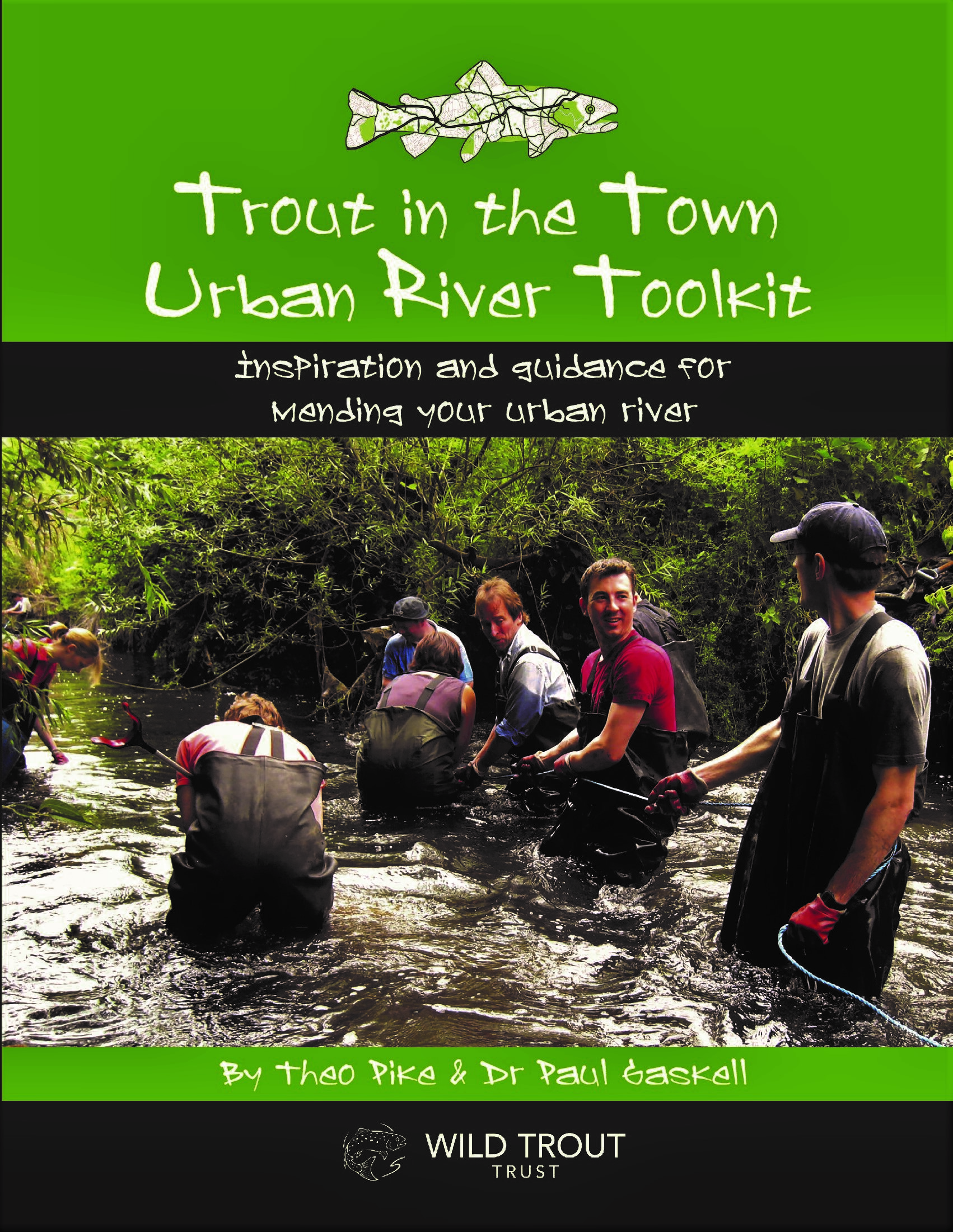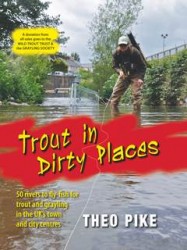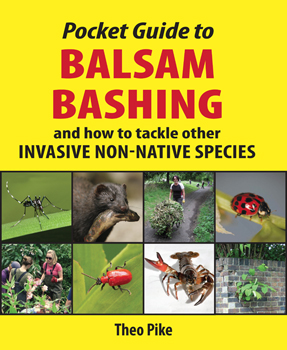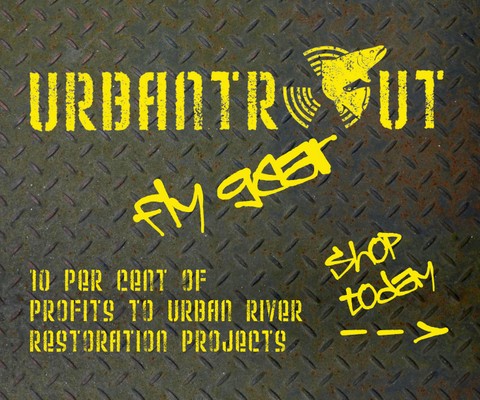If Broken Windows Theory didn’t exist, you could almost make a case for not pulling all the shopping trolleys out of urban rivers. After all, when every other scrap of habitat has been dredged out or covered in concrete, even a stray shopping cart can offer shelter for fish and invertebrates from floods and predators…
… at least until the trolley structure catches all kinds of other crap, and suddenly your river is full of rubbish that the enterprising local oiks might never have thought to throw on top of Tesco’s finest if it hadn’t been there in the first place.
But while shopping trolleys are relatively large, inert lumps of rubbish, (whose principal defect is that misery loves company) there’s less and less room for debate when it comes to bottles, bags, microplastics and other plastic litter in the aquatic environment.
Scientists have established beyond doubt that the world’s oceans and their inhabitants are suffering more and more seriously from plastic litter: albatross chicks starve because their parents’ crops are full of plastic they’ve mistaken for squid, and pods of emaciated whales have washed up on shorelines, similarly full of plastic bottles and other human waste.
True, a small proportion of this plastic sometimes includes headline-grabbing cargoes of rubber duckies that went for a swim in a storm, or even the tragic detritus of tsunamis and other disasters.
But mainly, it’s plastic that’s made its way down rivers from urban areas to the sea – common knowledge to most of us who’ve already spent years pulling sackfuls of bottles and ragged plastic bags out of weedbeds, low branches (and yes, shopping trolleys) on our favourite urban waterways.
Now, however, this circle of awareness is closing, and we’ve been mightily encouraged to see the debate about plastic litter getting lots of recent traction in the national and international media:
- After the success of the plastic bag tax across the UK, what should we tax next?
- Tony Juniper suggests charging a refundable deposit on each plastic bottle sold
- How 12 million tonnes of plastic waste flows into our oceans every year (by 2050, there may be more plastic than fish!)
- Food-related packaging is the most common form of litter on the Thames…
- … where academic research by Thames 21 has found microplastics in 2 species of fish
- Results from the Great British Beach Clean 2016: 40% fewer plastic bags, but more drinks bottles and cans…
- … and here’s Thames 21’s analysis (by brand!) of all 2,500 single-use plastic bottles collected on the foreshore of the Thames in one day
- Calls to ban microplastics in facial scrubs, toothpaste and other household products
- How our rivers and lakes are even being polluted by microplastics from road markings
Here at Urbantrout, we know it’s more than likely that most of our readers are doing this kind of stuff already… but hey, it can’t hurt to help spread the word. In the end, every bottle we can stop on its way to the ocean is one less problem for a whale or an albatross.
Share the hashtags #KickPlastic, #PlasticFreeTuesday, #OneLess and #FillANet on your favourite social media platforms, and vote to fund more of these river cleanups if you can.
And we’ll see you on the banks, pulling plastic (as well as shopping trolleys) out of our rivers!
(Photo 2: Jon Hall)
